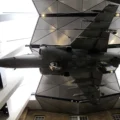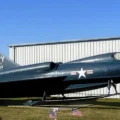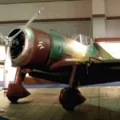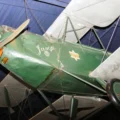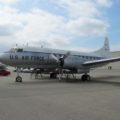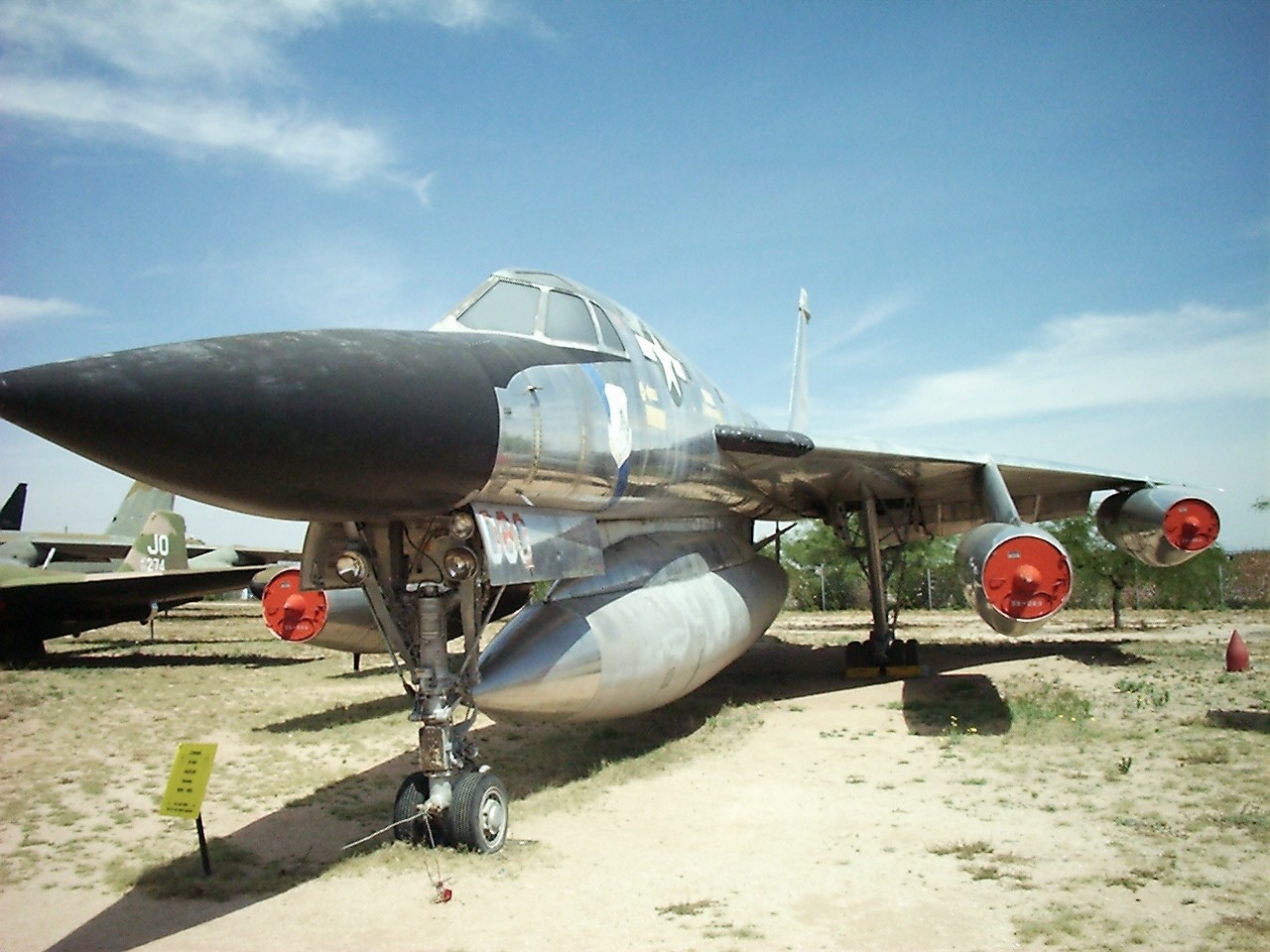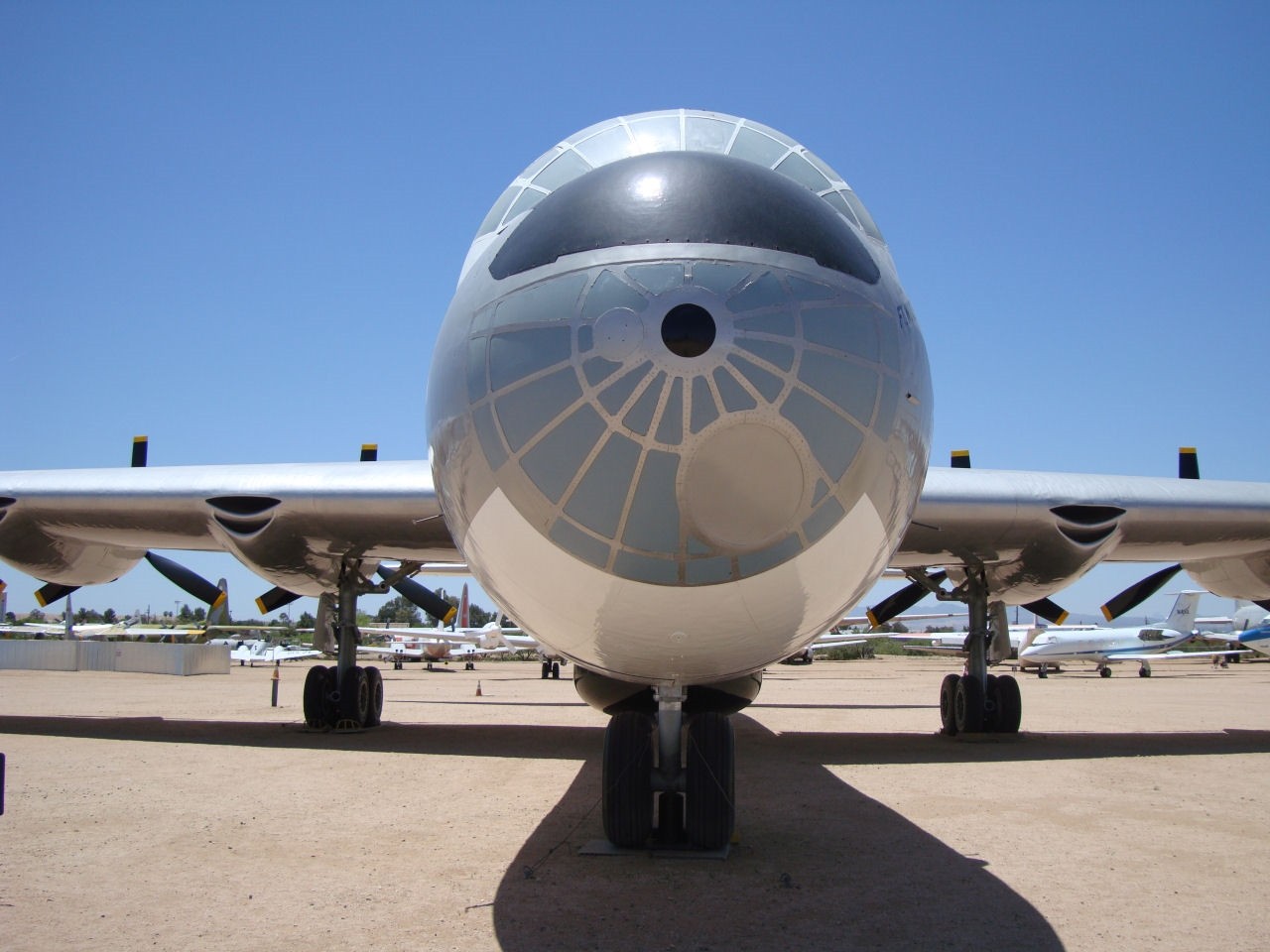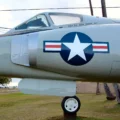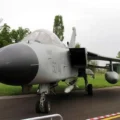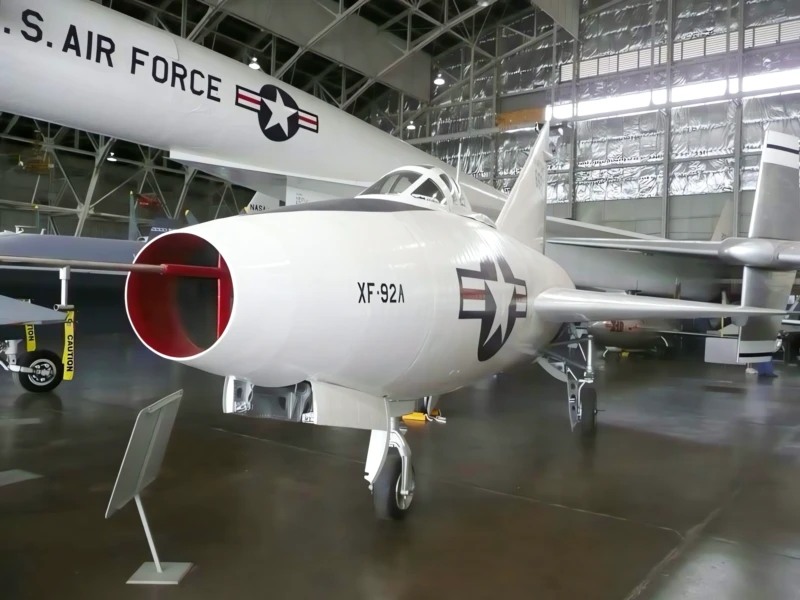
Convair XF-92 | |
|---|---|
| Paese | Usa |
| Ruolo | Aerei intercettori |
| Primo volo | 18 settembre 1948 |
| Costruito | 1 |
Le Convair XF-92 (originariamente designato XP-92) era uno dei primi aerei americani ad ala a delta. Originariamente concepito come intercettore di difesa di punto, il progetto è stato successivamente utilizzato esclusivamente per scopi sperimentali. Tuttavia, ha portato Convair ad utilizzare l'ala a delta su un certo numero di progetti, tra cui l'F-102 Delta Dagger, l'F-106 Delta Dart, il B-58 Hustler, l'F2Y Sea Dart della US Navy e il VTOL FY Pogo.
fonte: Convair XF-92 su Wikipedia
| Convair XF-92 | |
|---|---|
| Fotografi | John Heck, Vladimir Jakubov |
| Localizzazione | National Air & Space Museum, Washington DC |
| Foto | 113 |
Vedi anche:
Le Convair XF-92 era un caccia sperimentale sviluppato dalla United States Air Force alla fine degli anni '40. È stato il primo aereo a volare con un'ala a delta, un'ala di forma triangolare che non ha superfici di coda orizzontali. L'XF-92 è stato progettato per testare la fattibilità dell'ala a delta per il volo ad alta velocità e per esplorare le sue caratteristiche aerodinamiche. L'XF-92 non era destinato ad essere un aereo da combattimento, ma piuttosto un veicolo di ricerca per i futuri caccia ad ala a delta.
L'XF-92 era alimentato da un Motore turbogetto Allison J33-A-29 che ha prodotto 4.600 libbre di spinta. L'aereo aveva una velocità massima di 715 miglia all'ora e un tetto di servizio di 49.200 piedi. L'XF-92 aveva un'apertura alare di 31 piedi e 4 pollici e una lunghezza di 42 piedi e 6 pollici. L'aereo pesava 9.078 libbre a vuoto e 14.608 libbre a pieno carico. L'XF-92 non aveva armamento, ma aveva la possibilità di due mitragliatrici calibro .50 nel muso.
L'XF-92 effettuò il suo primo volo il 18 settembre 1948, pilotato da Chuck Yeager. Il velivolo si è comportato bene nei test di volo, dimostrando una buona stabilità e manovrabilità ad alte velocità e altitudini. L'XF-92 dimostrò anche che l'ala a delta poteva fornire una portanza sufficiente per il decollo e l'atterraggio senza la necessità di flap o slat. Tuttavia, l'XF-92 soffriva anche di alcuni inconvenienti, come la scarsa visibilità dalla cabina di pilotaggio, le alte velocità di atterraggio e la tendenza a beccheggiare a basse velocità.
Il programma XF-92 fu cancellato nel 1953 dopo 188 voli. L'aereo fu trasferito al National Advisory Committee for Aeronautics (NACA) per ulteriori test fino al 1956. L'XF-92 è stato poi ritirato e donato al Museo Nazionale dell'Aeronautica Militare degli Stati Uniti a Dayton, Ohio, dove è attualmente esposto. L'XF-92 fu un'importante pietra miliare nello sviluppo dei velivoli ad ala a delta, e influenzò la progettazione di diversi caccia successivi, come il Convair F-102 Delta Dagger e il Convair F-106 Delta Dart.
- 1451


